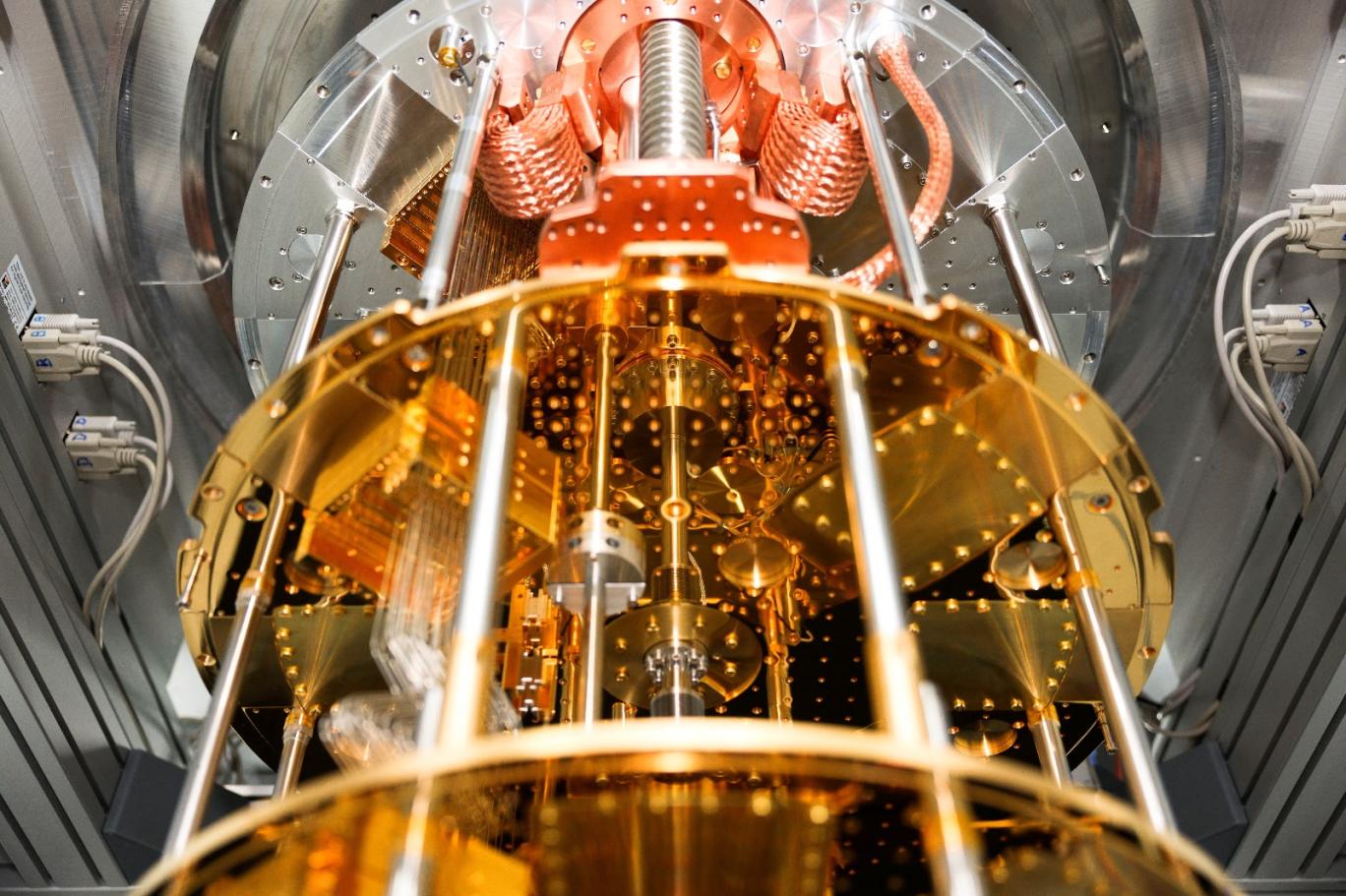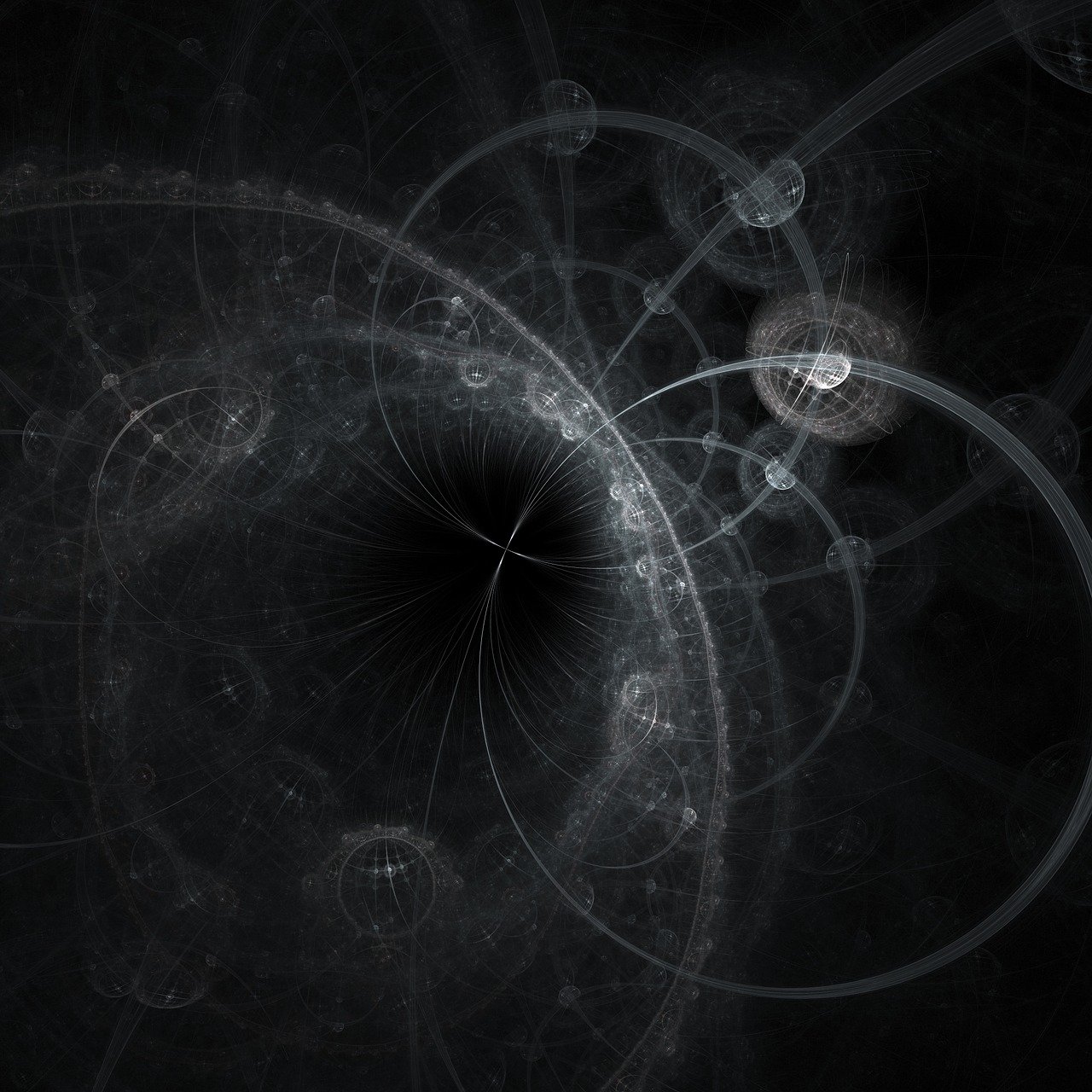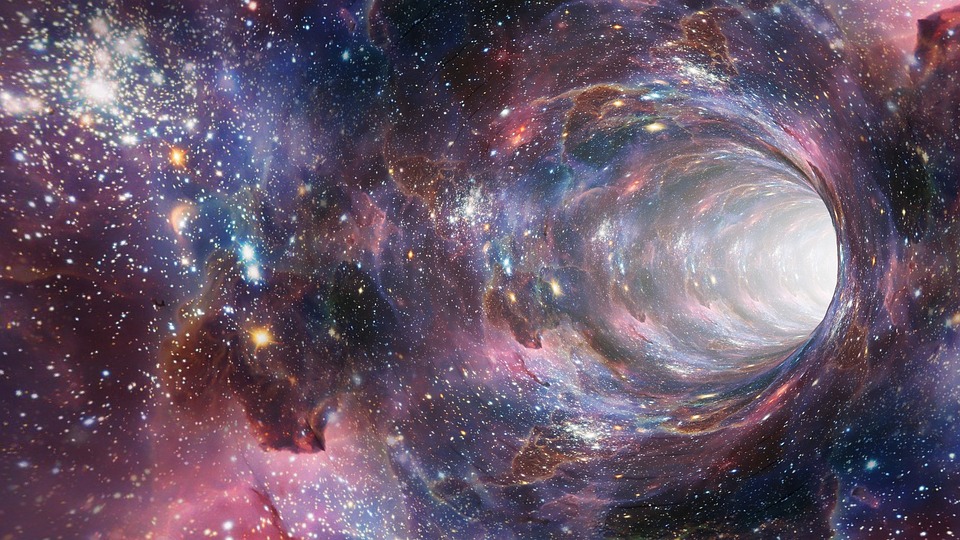Scientists have observed gravity on a microscopic scale in a quantum mechanics experiment.
Researchers from Leiden University in the Netherlands have taken an important step towards understanding the relationship between Albert Einstein’s general theory of relativity and quantum mechanics.
In the study published yesterday in the scientific journal Science Advances, a superconducting device with magnetic properties was created.
Made of the rare chemical element tantalum, it was cooled to the lowest possible temperature in the universe, -268.7 degrees Celsius.
The particle used in the experiment was prepared by combining a 0.25 millimeter neodymium magnet with a 0.25 millimeter glass sphere. This particle was suspended in the air above the magnetic setup.
Three 2.45-kilogram brass weights were then placed on the electric bicycle wheel, which was placed half a meter away from the setup. The gravitational force between two objects depends on their mass and the distance between them. The greater the mass and the closer the proximity, the greater the gravitational force.
In the experiment, it was observed that 30 attonewtons of gravitational force was applied to a half-milligram particle when the wheel was started.
“We started spinning the wheel and the particle moved like a swing,” said Tim Fuchs of Leiden University. The force of gravity pulls the particle, then releases it, then pulls it again.”
Scientists have now measured the weakest gravity ever. The previous record was set in 2021 in an experiment with a 90-milligram golden sphere.
Fuchs said that the new experiment is an important development in terms of thinking Einstein’s general theory of relativity and quantum mechanics together:
We know that quantum mechanics and Einstein’s theory of gravity, general relativity, as we have formulated it, are not compatible. These theories don’t work together, so we know that one or both must be abandoned. Our work aims to bridge the gap between these two theories with real experiments.
The theoretical physicist said they are one step closer to “quantum gravity”, which is thought to bring quantum mechanics and general relativity together.
Fuchs pointed out that understanding how gravity works at the quantum scale could unravel some big mysteries, from the beginning of the universe to what happens in black holes.





